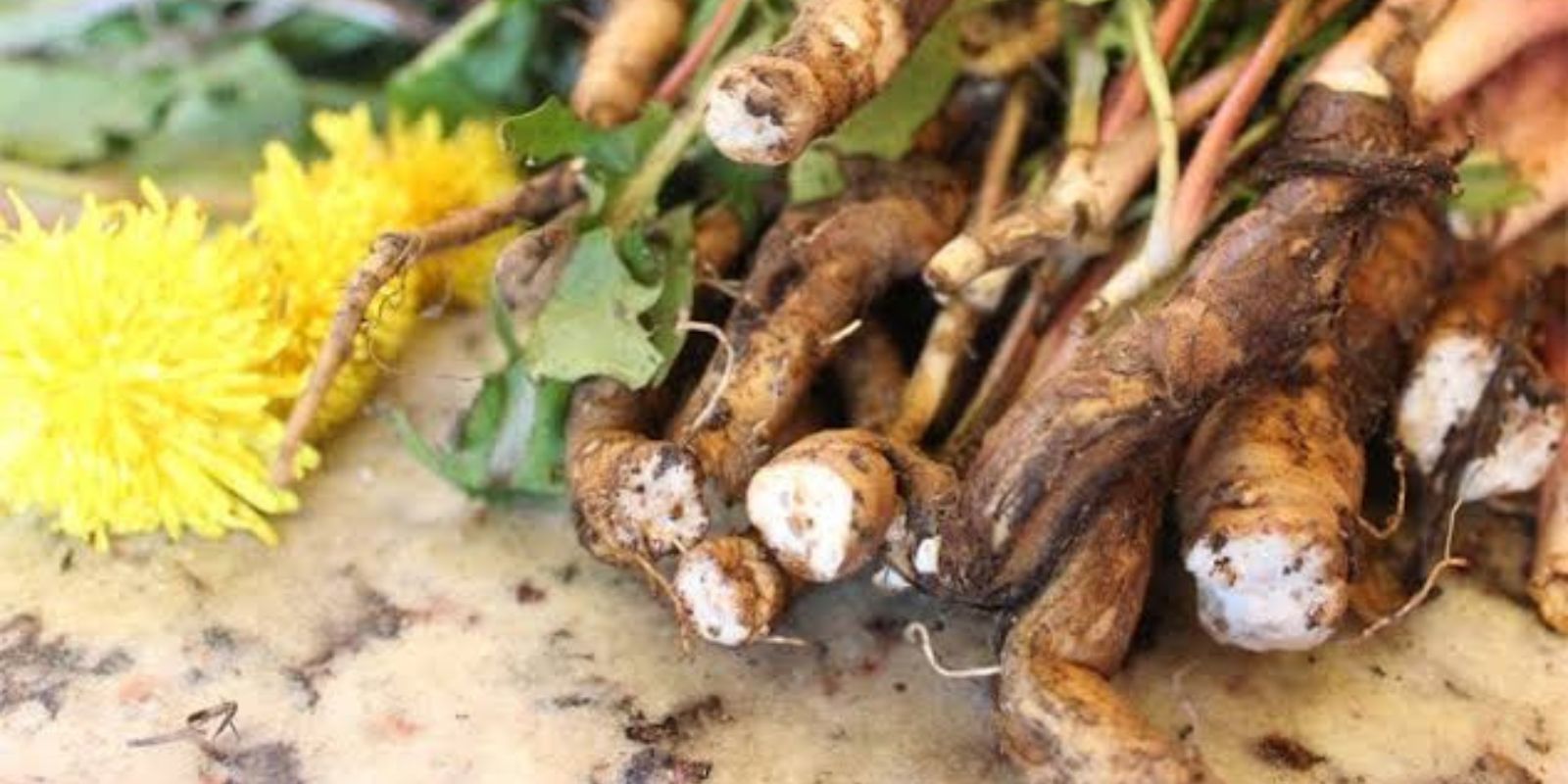When most people think of dandelions, they picture bright yellow flowers dotting their lawns, often considered a nuisance weed. However, beneath the surface lies a hidden treasure—dandelion roots. These humble roots are more than just part of the plant; they’re a powerhouse of nutrients, medicinal properties, and practical uses. In this article, we’ll explore why dandelion roots deserve a spot in your garden, pantry, and daily routine.
Why Dandelion Roots Are So Valuable
For centuries, dandelion roots have been used in traditional medicine and natural remedies for their numerous benefits. They’re rich in essential vitamins, minerals, and compounds that support overall health and wellness. From boosting digestion to detoxifying the liver, dandelion roots are a natural remedy that’s both affordable and sustainable.
In addition to their health benefits, dandelion roots can be a versatile ingredient in the kitchen, a resource for eco-conscious gardeners, and even a tool for improving soil health.
How to Harvest and Prepare Dandelion Roots
1. Identifying the Right Plants
Dandelions are easy to spot, but for harvesting roots, focus on mature plants with well-established root systems. The best time to harvest is in early spring or late fall when the roots are packed with nutrients.
2. Harvesting the Roots
- Use a small garden fork or spade to dig around the base of the plant.
- Loosen the soil gently to avoid breaking the roots.
- Pull out the plant, ensuring the entire taproot remains intact.
3. Cleaning and Drying
- Wash the roots thoroughly under running water to remove dirt.
- Pat them dry with a clean cloth.
- For long-term storage, dry the roots in a warm, shaded area for several days.
The Many Uses of Dandelion Roots
1. In the Kitchen
Dandelion roots are incredibly versatile and can be used to create nutritious and flavorful dishes:
- Dandelion Root Tea: Roast the dried roots and steep them in hot water for a detoxifying tea that supports liver health.
- Coffee Substitute: Grind roasted dandelion roots into a fine powder to create a caffeine-free coffee alternative.
- Broths and Soups: Add dried roots to vegetable broths or soups for an earthy, nutty flavor.
2. Medicinal Benefits
Dandelion roots are revered for their medicinal properties. They contain inulin, a prebiotic fiber that supports gut health, along with antioxidants and anti-inflammatory compounds. Here are some of their health benefits:
- Detoxification: Dandelion roots stimulate liver function, helping to remove toxins from the body.
- Digestive Health: They aid digestion and reduce bloating by promoting bile production.
- Immune Boost: Rich in antioxidants, dandelion roots strengthen the immune system.
- Blood Sugar Regulation: Inulin helps stabilize blood sugar levels, making it beneficial for people with diabetes.
3. Gardening Benefits
Dandelion roots are not just for personal health—they’re great for the environment too!
- Soil Aeration: The deep taproots loosen compacted soil, improving aeration and water retention.
- Compost Addition: Dandelion roots add essential nutrients to compost piles, enriching the soil.
- Pest Repellent: Dandelion plants can attract beneficial insects while deterring pests.
4. Skincare and Beauty
- Natural Detox: Infusions made from dandelion roots can be applied topically to cleanse and soothe the skin.
- Anti-Aging Properties: Antioxidants in dandelion roots help fight free radicals, reducing signs of aging.
Growing and Cultivating Dandelions for Their Roots
If you don’t already have dandelions growing in your yard, you can cultivate them intentionally:
- Soil and Location: Dandelions thrive in well-drained soil with plenty of sunlight.
- Planting: Sow seeds directly in the soil in early spring or fall.
- Maintenance: While dandelions are hardy, ensure they have sufficient water during dry spells.
By cultivating dandelions in a controlled environment, you can ensure a steady supply of roots for your needs.
How to Make the Most of Dandelion Roots
1. Roasting for Tea or Coffee
- Chop the dried roots into small pieces.
- Roast them in an oven at 200°F (93°C) for about 2 hours until they turn dark brown.
- Grind the roasted roots into a powder and store them in an airtight container.
2. Creating Medicinal Infusions
- Boil 1-2 tablespoons of dried dandelion root in 2 cups of water.
- Simmer for 10-15 minutes.
- Strain and enjoy as a tea or use as a topical treatment for skin issues.
3. Composting Leftover Roots
Add any unused parts of the roots to your compost pile to enrich it with nutrients for your garden.
Why Everyone Should Embrace Dandelion Roots
Dandelion roots are a gift from nature that many people overlook. Whether you’re looking to boost your health, improve your garden, or explore new culinary adventures, these roots offer endless possibilities. Best of all, they’re free and readily available in most backyards.
So next time you see a dandelion growing, think twice before pulling it out as a weed—underneath lies a treasure trove of benefits waiting to be discovered.
Conclusion
Dandelion roots are more than just an overlooked part of a common plant. They’re a symbol of resilience, health, and sustainability. By incorporating them into your life, you’re not only tapping into their powerful benefits but also embracing a more eco-friendly and self-sufficient lifestyle.
Whether you brew them into tea, use them in your garden, or explore their medicinal properties, dandelion roots have something valuable to offer. Don’t let this natural treasure go to waste—start reaping the rewards today!

